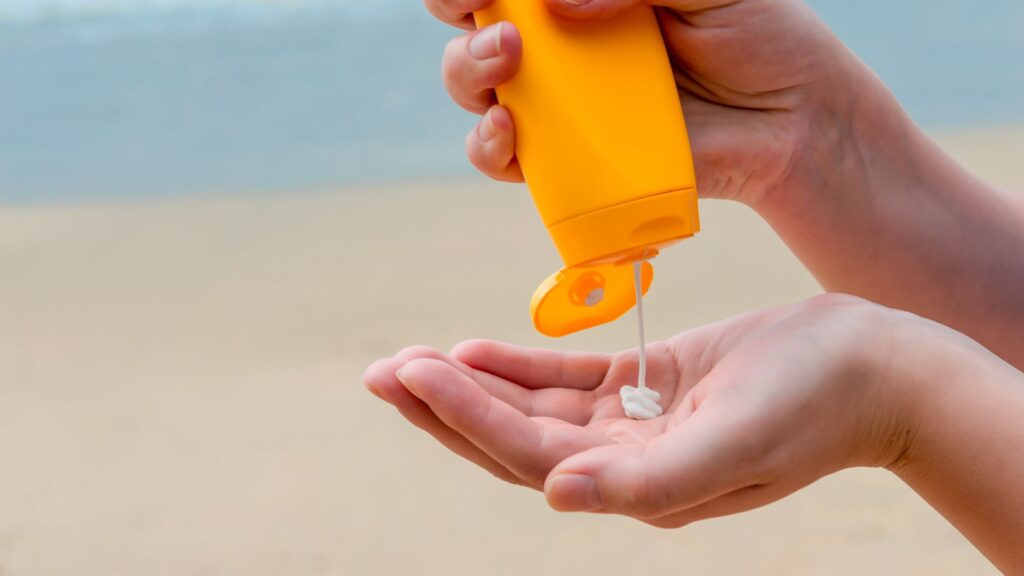Several ingredients from body lotions, in particular the UV filters of sunscreens, have been found in the snows of Svalbard, in the Arctic. This could be particularly problematic each time these snows melt.
Pollution to the ends of the world. We already knew that sunscreens pose serious ecological problems. Some compounds kill corals, for example. But a new discovery extends their damage even further: this study published this month, in January 2024, demonstrates the discovery of compounds from skincare products… even in the snows of the Arctic. These ingredients mainly come from sunscreens (and more precisely from the UV filters they contain), but also from perfumes, shampoos and other body lotions.
“ For some of these chemicals, this is the first time their presence has been reported in snow on Svalbard “, write the researchers, who call for larger studies on the subject given “ their potential impact on fresh and marine waters during snowmelt in the context of climate change “.
When snow melts, it releases toxic ingredients
This research is taking place as part of the Arctic Monitoring and Assessment Program. Its objective: to measure the effects of climate change on this polar region, but also to detect and understand the chemicals of greatest concern (under the acronym CEAC, for Chemicals of Emerging Arctic Concern). This is a list of chemicals harmful to the Arctic region.

The authors of this study therefore looked for 13 components found in a large number of body care products. To do this, on site, they took samples — at different depths — from five different glaciers, spaced at least 40 kilometers apart in order to measure the possible distribution of these compounds.
All the ingredients in question were found in the five glaciers of the Svalbard archipelago. Among them, benzophenone-3 and octocrylene, sun filters present in large numbers in most marketed creams. Moreover, in May 2023, in France, ANSES (the National Health Safety Agency), initiated a rare procedure to ban octocrylene from sun creams authorized in France, due to its impact on the environment. and on health (it degrades into a carcinogenic compound over time). This procedure is currently in status quoand should be taken to the European level.
What this new study is not yet able to specify is the level of dangerousness in the concentration of these compounds, where they have been identified. But the concern is also, if not especially, about the melting snow: as these toxic ingredients accumulate, even in small quantities, the melting then releases them in a potentially high influx of contaminants. The implications of these findings are therefore crucial. considering that the annual snow cover is a temporary reservoir of chemicals, which are re-emitted into the environment in a relatively short time during the melting season », Explains the study. An impact ” significant » could then be felt in fresh and marine waters, after each melting period, by gradually increasing the concentration levels in the ecosystems.


Do you want to know everything about the mobility of tomorrow, from electric cars to e-bikes? Subscribe now to our Watt Else newsletter!
